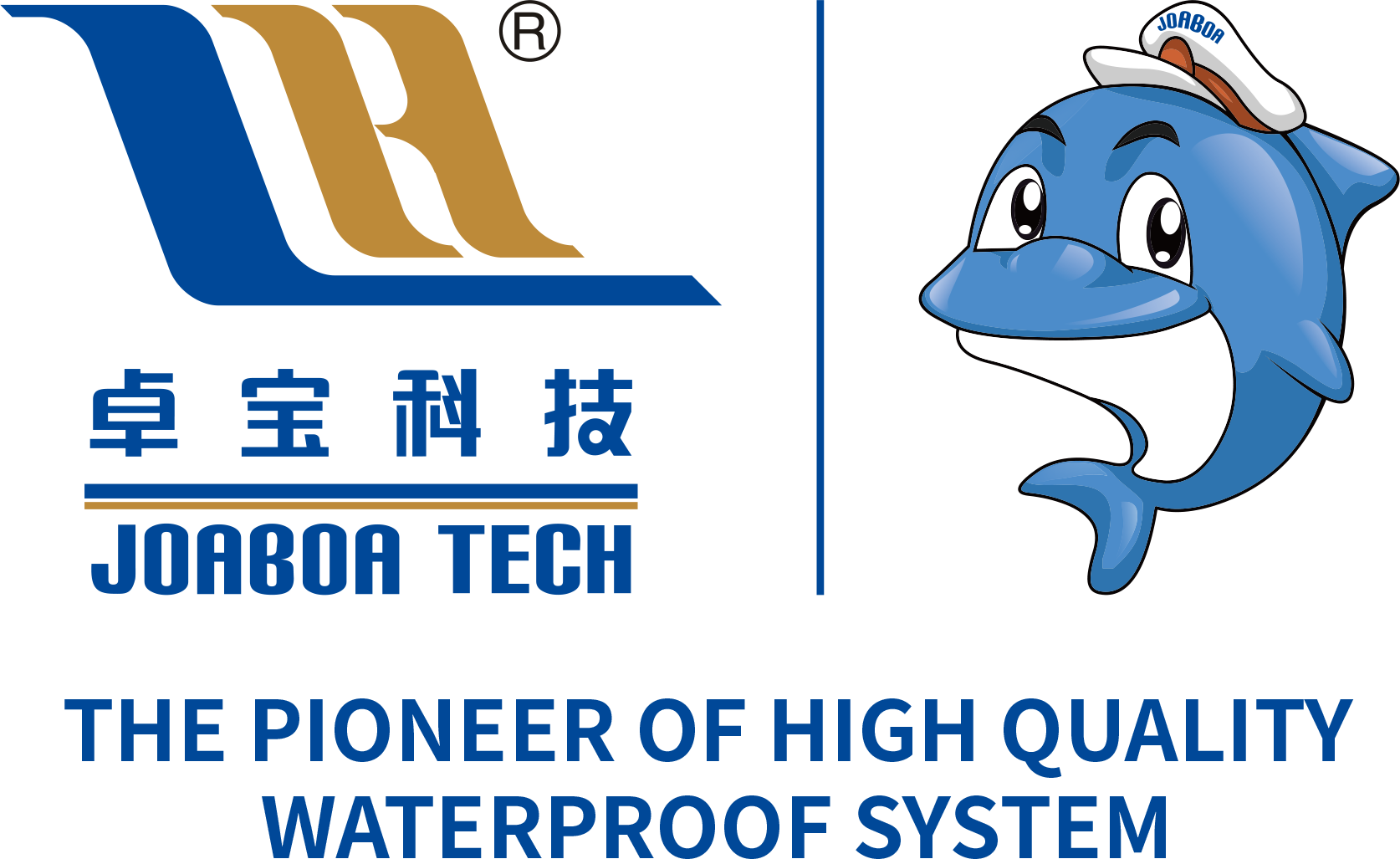Enhancing Durability: Unveiling the Advantages of Plastomeric Waterproofing Materials
2025-06-09 10:00
Enhancing Durability: Benefits of Plastomeric Waterproofing Materials
Table of Contents
- 1. Introduction to Plastomeric Waterproofing Materials
- 2. What are Plastomeric Materials?
- 3. Advantages of Plastomeric Waterproofing
- 3.1 Superior Durability
- 3.2 Weather Resistance
- 3.3 Easy Installation and Maintenance
- 3.4 Environmental Friendliness
- 4. Applications of Plastomeric Waterproofing Materials
- 5. Comparison with Other Waterproofing Materials
- 6. Case Studies: Successful Applications of Plastomeric Waterproofing
- 7. Common Misconceptions about Plastomeric Waterproofing
- 8. FAQs about Plastomeric Waterproofing Materials
- 9. Conclusion
1. Introduction to Plastomeric Waterproofing Materials
In the realm of construction and infrastructure, **waterproofing** is a critical factor in ensuring the longevity and durability of structures. Among the various materials available, **plastomeric waterproofing** solutions stand out for their unique properties and advantages. This article explores the numerous benefits that plastomeric materials offer, enhancing the durability of structures and providing exceptional water resistance.
2. What are Plastomeric Materials?
Plastomeric materials are a category of **polymeric substances** characterized by their elastic and flexible properties. They are primarily composed of polymers that exhibit thermoplastic behavior, allowing them to be reshaped when heated. This versatility makes plastomeric materials ideal for applications requiring waterproofing and durability.
3. Advantages of Plastomeric Waterproofing
The utilization of plastomeric waterproofing materials brings forth a multitude of advantages that underscore their suitability for various applications.
3.1 Superior Durability
One of the most significant benefits of plastomeric waterproofing is its **superior durability**. These materials are designed to withstand harsh environmental conditions, including extreme temperatures, UV exposure, and chemical attacks. The unique composition of plastomeric materials contributes to their longevity, making them a cost-effective choice for long-term applications.
3.2 Weather Resistance
Plastomeric waterproofing materials excel in **weather resistance**, ensuring that structures remain intact despite fluctuating weather conditions. They effectively repel water, preventing leaks and moisture infiltration that can lead to structural damage. This feature is particularly crucial for roofs, basements, and any areas exposed to significant moisture.
3.3 Easy Installation and Maintenance
Another compelling advantage is the **ease of installation and maintenance** associated with plastomeric waterproofing materials. They are lightweight and can be applied using various methods, including spray, roll, or sheet application. Moreover, maintenance is minimal, as these materials do not require frequent inspections or repairs, further contributing to their cost-efficiency.
3.4 Environmental Friendliness
In today’s eco-conscious world, the **environmental friendliness** of materials is paramount. Many plastomeric waterproofing solutions are formulated to be environmentally safe, containing low levels of volatile organic compounds (VOCs). This characteristic not only protects the environment but also ensures healthier indoor air quality for occupants of the structures.
4. Applications of Plastomeric Waterproofing Materials
The versatility of plastomeric waterproofing materials allows them to be utilized across a wide range of applications, enhancing their appeal in various industries:
- **Roofing Systems**: Plastomeric membranes are widely used in commercial and residential roofing, providing a robust barrier against water infiltration.
- **Foundation Waterproofing**: These materials protect building foundations from water damage, ensuring structural integrity.
- **Bridges and Highways**: Plastomeric coatings are applied to infrastructure such as bridges and highways, offering protection against moisture and environmental stresses.
- **Basements and Underground Structures**: They are ideal for waterproofing basements, cellars, and other below-grade structures that are prone to water exposure.
5. Comparison with Other Waterproofing Materials
When selecting a waterproofing material, it's essential to compare plastomeric options with other common solutions, such as asphalt-based membranes or liquid-applied systems.
- **Asphalt-based Membranes**: While effective, they often require more extensive maintenance and can be less durable under extreme conditions compared to plastomeric options.
- **Liquid-Applied Systems**: These systems offer flexibility but may lack the longevity and performance consistency seen in plastomeric materials.
Overall, plastomeric waterproofing materials often outperform these alternatives in terms of durability, installation efficiency, and environmental impact.
6. Case Studies: Successful Applications of Plastomeric Waterproofing
Several successful case studies highlight the effectiveness of plastomeric waterproofing materials in real-world scenarios:
- **Case Study 1: Commercial Roof Waterproofing**: A large retail store in a high-precipitation area utilized plastomeric membranes for roof waterproofing. The result was a significant reduction in leaks and maintenance costs over five years.
- **Case Study 2: Foundation Protection**: A residential building in a flood-prone region incorporated plastomeric coatings in its foundation waterproofing design, leading to enhanced structural resilience and homeowner satisfaction.
These examples underscore the transformative potential of plastomeric waterproofing in diverse applications.
7. Common Misconceptions about Plastomeric Waterproofing
Despite the evident advantages, some misconceptions surround plastomeric waterproofing materials:
- **Misconception 1: High Cost**: While the initial investment may be higher, the long-term savings on maintenance and repairs often outweigh initial costs.
- **Misconception 2: Limited Lifespan**: Contrary to belief, plastomeric materials can last decades when properly installed and maintained, offering long-term solutions.
By addressing these misconceptions, we can better understand the value of plastomeric waterproofing materials.
8. FAQs about Plastomeric Waterproofing Materials
1. What is the lifespan of plastomeric waterproofing materials?
Plastomeric waterproofing materials can last 20 years or more when properly installed and maintained.
2. Can plastomeric materials be used in cold climates?
Yes, plastomeric waterproofing is designed to perform well in various climatic conditions, including cold environments.
3. Are plastomeric waterproofing materials eco-friendly?
Many plastomeric materials are low in VOCs and are considered environmentally friendly options.
4. How are plastomeric waterproofing materials installed?
They can be applied using various methods, including rolling, spraying, or adhering sheets.
5. What maintenance is required for plastomeric waterproofing?
Maintenance is minimal, but periodic inspections are recommended to ensure performance and detect any potential issues early.
9. Conclusion
Plastomeric waterproofing materials represent a significant advancement in the field of waterproofing solutions. Their unique properties, combined with a range of advantages including superior durability, weather resistance, and environmental friendliness, make them an ideal choice for various applications. As the demand for reliable, long-lasting waterproofing solutions continues to grow, plastomeric materials stand out as a leading option in enhancing structural durability and sustainability. Investing in these innovative materials not only protects buildings but also promotes a healthier environment for future generations.
Related News









